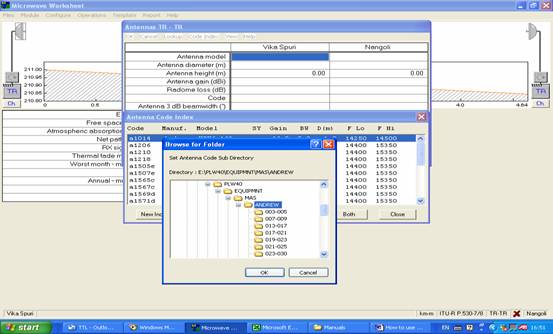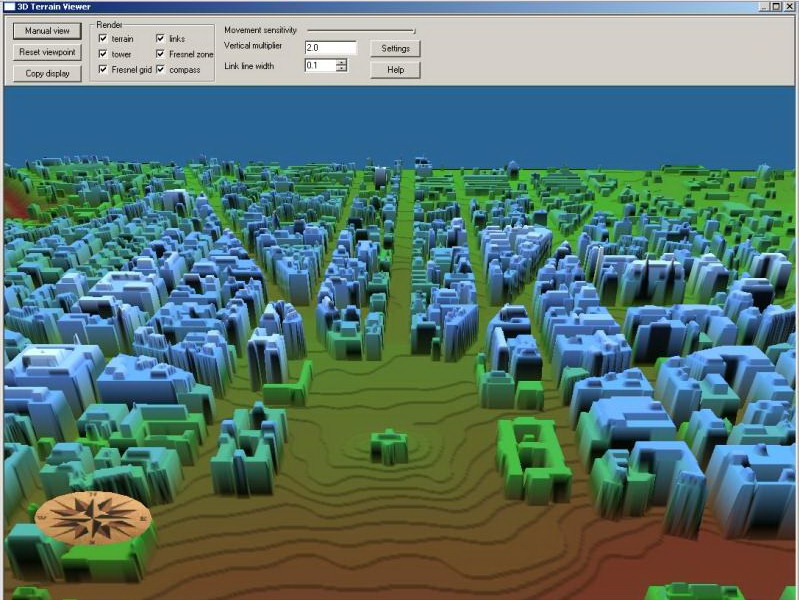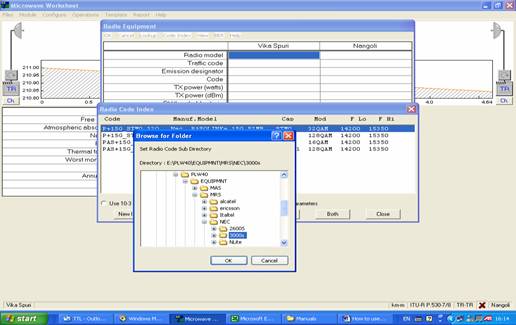
In an area study, signals from a number of base stations are calculated into a common area. This option combines the point to multipoint - local studies and interference options and adds area study analysis. PL5T - Interference, point to multipoint design, local and area studies Interference through passive repeaters is included in the calculation. The analysis can be carried out for all radio types in point to point and point to multipoint networks taking into account the duplex arrangement on PTMP radios.


The subsequent receiver threshold degradation and increase in outage time is calculated for rain and multipath correlated fading. The interference option calculates the aggregate interfering level of all transmitters in a selected group. Additionally local coverage studies can be carried out centered on a base station using signal strength, fade margin or visibility as the display criteria. These are used for the automatic PTMP linking and design features. The point to multipoint design option adds multi-sectored base stations to the network display. PL5C - Point to multipoint design - local studies These features are common to all program options.

This includes the design sections for terrain data, antenna heights, diffraction, transmission analysis and reflections - multipath analysis. The basic program consists of the network display and the automated linking and design features for point to point radio links. PL5B - Basic program - point to point link design The interim release of Pathloss version 5 is structured in the following options:


 0 kommentar(er)
0 kommentar(er)
